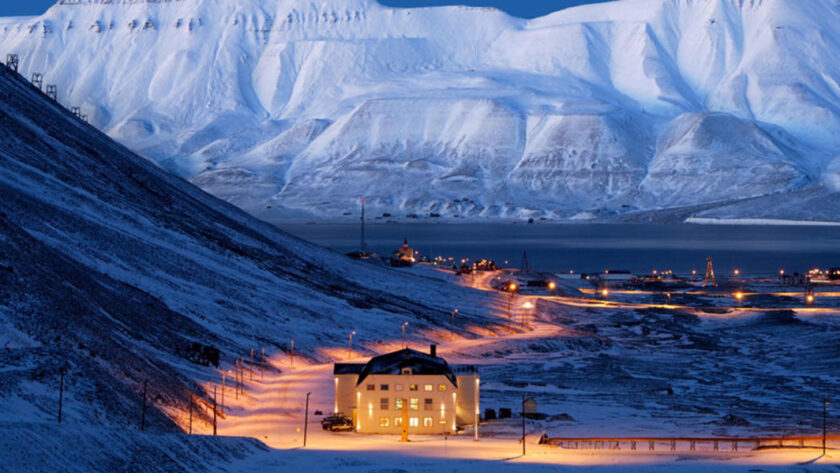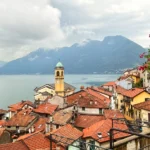Welcome to the Arctic wonders of Svalbard and Jan Mayen! These two remote territories, located in the Arctic Ocean, offer breathtaking landscapes, unique wildlife encounters, and unforgettable adventures. In this article, we will take you on a journey through these icy lands, providing you with the ultimate guide on things to do in Svalbard and Jan Mayen.
Getting to Know Svalbard and Jan Mayen
Discovering
Things to Do in Svalbard is an archipelago situated between Norway and the North Pole. Known for its pristine beauty and abundant wildlife, it offers an array of activities for adventure seekers. From snowmobiling across vast icy landscapes to encountering polar bears in their natural habitat, Svalbard is a haven for nature enthusiasts.
Unraveling Jan Mayen
Jan Mayen, a small island located in the Arctic Ocean, is a hidden gem waiting to be explored. Its rugged volcanic terrain and isolated setting provide a unique experience for intrepid travelers. Although challenging to reach, the rewards of witnessing its untouched wilderness and exceptional birdlife are incomparable.

Embrace the Arctic Wilderness
That offers some of the best opportunities to witness the mesmerizing Northern Lights. Between late autumn and early spring, the night skies come alive with dancing hues of green, pink, and violet. Many tour operators provide guided excursions to maximize your chances of catching this awe-inspiring natural phenomenon.
Dog Sledding Adventures
Experience the thrill of mushing your team of huskies across the Arctic tundra. Dog sledding is a traditional and eco-friendly way to explore the vast snowy landscapes of Svalbard. This unforgettable adventure allows you to connect with nature while bonding with these friendly and energetic dogs.
Wildlife Safaris
Embark on wildlife safaris to encounter some of the Arctic’s most iconic creatures. The diverse wildlife will leave you in awe, from polar bears and Arctic foxes to reindeer and marine mammals. Remember to follow strict guidelines for responsible wildlife viewing to ensure minimal impact on their natural habitats.




